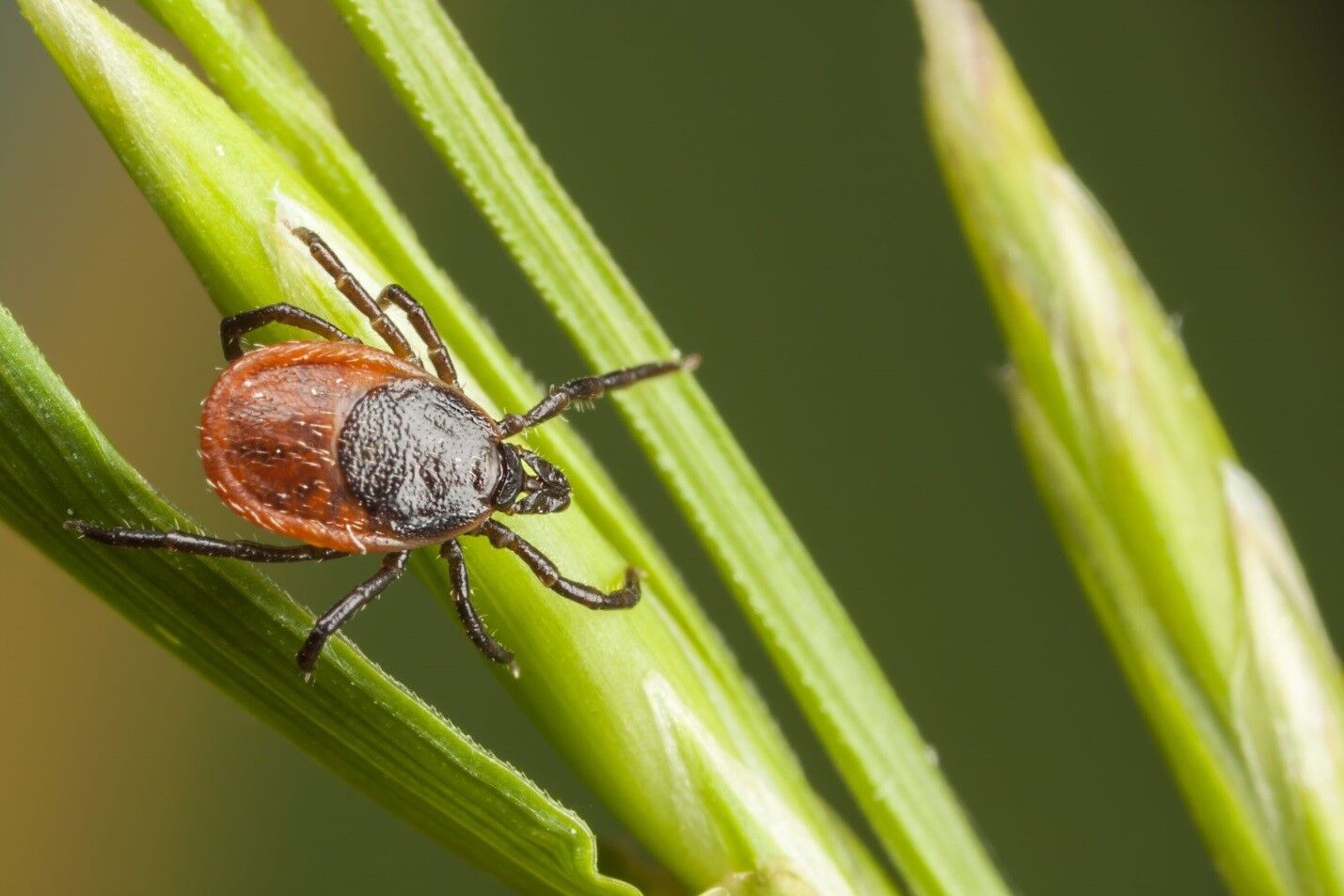N.L. at Higher Risk of Lyme Disease as Tick Populations Continue to Rise

Compared to other regions in North America, the Province of Newfoundland and Labrador has always had a relatively small tick population, with no permanent colonies living within its boundaries. The first sightings of ticks carrying the bacterium that causes Lyme disease took place in Cape Broyle in June 2001, and reports of people contracting the virus have been sporadic ever since.
But the situation has recently started to change, according to the province’s chief veterinary officer Hugh Whitney, who says they are finding more and more of the parasites every year, and a significant percent of them are Lyme disease carriers. “Fifteen years ago, we’d only talk about southern Ontario for Lyme disease in Canada,” Whitney declared for CBC Radio’s St. John’s Morning Show. “It’s considered to be a disease that is moving further north.” Having already settled in regions such as New Brunswick and Nova Scotia, black-legged ticks are currently marching towards Prince Edward Island, which is expecting increased numbers this year.
Why Are Populations of Ticks Increasing across Canada?
One reason for the sudden increase in tick populations across the country may be, according to the Canada Communicable Disease Report, climate change. The report, compiling data from several studies, confirms the likelihood of black-legged ticks to spread northwards into Canadian habitats with climate change.
Specifically, the change in climate is causing the country to become increasingly habitable to ticks, which usually arrive here by clinging to migratory birds and sometimes deer. As birds fly south for the winter, they are likely to pick up the blood-sucking bugs and bring them along as they return to the island in the spring. It is believed that the increased rate of establishment of black-legged tick populations in Canada in recent years can be blamed on the climate warming in the last decade.
Over the next 60 years, experts forecast a huge growth in the tick populations in the United States. The habitat range will also increase exponentially in regions of Western Canada and grow further north in Ontario, Quebec, and the Maritimes. “The tick is going to expand in range, and diseases from ticks are going to become a problem,” says Jianhong Wu, director of the York Institute for Health Research.
Lyme, a difficult disease
Lyme disease is caused by the bacterium Borrelia burgdorferi and is currently the most spread tick-borne illness in Europe and North America. In Canada, the reported cases of Lyme disease have increased significantly over the years: in 2011, there were only 258 documented cases, increasing to 315 in 2012 and almost doubling in 2013, when they reached almost 700.
Although the risk in Canada is still relatively low, scientists warn that anyone who comes into contact with the arthropods is at risk of developing the disease. Early signs and symptoms, which usually develop up to one month after infection, include severe rash at the site of the tick bite and flu-like symptoms. The rash can rapidly spread to other parts of the body in patients who do not receive proper treatment, along with severe neurological symptoms, including meningitis, temporary paralysis of the face, impaired muscle movement, liver inflammation, and heart problems.
There are two main issues that may cause an increase in Lyme disease risk in Canada. First, diagnosing Lyme disease is often difficult and ineffective, due to the fact that the bacterium is good at being cryptic and doesn’t always let itself be detected through current diagnosis techniques. To make matters worse, many physicians across Canada use diagnosing protocols such as the ELISA (enzyme-linked immunosorbent assay) that are outdated and notorious for giving false negatives, causing a lot of patients to be misdiagnosed in the sense that they are told they do not have Lyme disease.
Once identified, treating the disease is just as difficult as diagnosing it, and recent findings from the Northeastern University explain why. It appears that “the bacterium that causes Lyme disease forms dormant persister cells, which are known to evade antibiotics,” the routine treatment for the condition. Researchers also came upon a successful method for wiping out the infection, involving pulse-dosing an antibiotic to eradicate all cultures of the bacterium, including the dormant cells.
Although Lyme disease is notoriously difficult to diagnose and treat, with life-altering and sometimes lethal symptoms, the good news is, it is curable and 100% preventable. With the help of a reputable pest control company that will reduce existing populations and make your property a tick-safe zone, you can make sure your house and garden are tick-free and your family safe from harm.
About the Author
Daniel Mackie, co-owner of Greenleaf Pest Control, is a Toronto pest control expert well-known as an industry go-to guy, an innovator of safe, effective pest control solutions, and is a regular guest on HGTV. Mackie, along with business partner Sandy Costa, were the first pest control professionals in Canada to use detection dogs and thermal remediation for the successful eradication of bed bugs. In his free time, he is an avid gardener.



You must be logged in to post a comment.